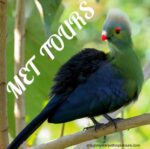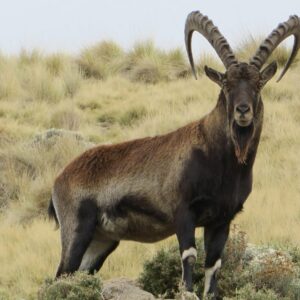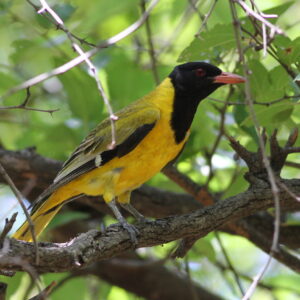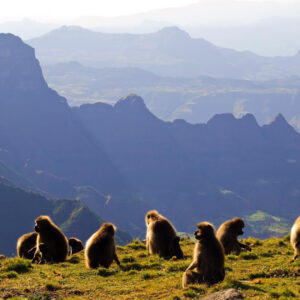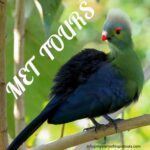Semien Mountains
Related Tours
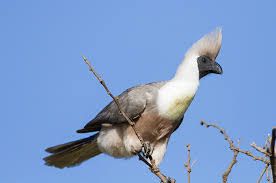
Bird Watching Tours
Day 1 Day 2 On arrival at Addis, we are welcomed by local staff and check in to our modern, comfortable hotel. Later we will make a visit to Gefersa Reservoir. On the north-west edge of the …
Semien Mountains National Park is one of the UNESCO world heritage sites.
“Ethiopia is A Home of Endemism.”
Ethiopia is one of the most unique landscapes on Earth, with lush forests, snow-capped peaks and arid deserts. As a country with such varied habitats, Ethiopia is home to many species that cannot be found anywhere else on Earth, whose endangered status highlights the need for environmental stewardship and a radical re-imagining of how we co-exist with our environment. We tracked down ten of these animals to show just what’s at stake.
Iconic mountains and an impressive array of wildlife.
With UNESCO World Heritage Sites dotted around the signature high central plateau and mountainous geography of Ethiopia, this country is an excellent destination for wildlife enthusiasts, adventure travelers, and tourists alike. The area contains 20 peaks that rise above 4,000 meters, including Ras Dashen in Simien Mountains National Park, which, at over 4,500 meters, is the country’s highest peak and the third highest mountain in Africa.
It’s the only place in the world to see the fascinating Gelada baboon, as well as the endangered Walia ibex and the Ethiopian wolf — the rarest and most endangered canid in the world. Ethiopia has an astonishing range of wildlife; boasting over 22,000 species of butterflies and moths and about 320 species of mammals.
The highlands are the source of four major river systems that spread across Africa and are diagonally bisected by the Great Rift Valley. While the lowlands and Eastern highlands are hot, dry areas, the Western highlands enjoy summer rainfall and are home to the majority of the country’s human population.
Endemic & Rare birds of Ethiopia
The bird species of Ethiopia are mix of African, Palearctic and a fantastic number of birds are unique for the region of the Horn of Africa. Birders worldwide are becoming aware of the unique list of endemic & rare Ethiopian birds and the country is becoming one of Africa’s fastest growing birdwatching countries. Of the 860+ species of birds, some 596 are resident species wile 224 species are seasonal migrants, 176 of which are Palearctic migrants. 31 species are of global conservation concern needing special protection measures. In spite of the internet reputation, just 18, 19 or 20 (subject to difference in taxonomic criteria) species are endemic to Ethiopia. Our tours with our in-house conservation wildlife professional is the best way to add as many endemic and rare Ethiopians bird species to your lifetime list.
Simien Mountains National Park
Ethiopia’s premier trekking and walking destination, the 412km2 Simien Mountains National Park was inscribed as a Natural World Heritage Site in 1979, whereupon UNESCO lauded it as “one of the world’s most spectacular landscapes, with jagged mountain peaks deep valleys and sharp precipices dropping some 1,500m”. In addition to the splendid scenery and hiking opportunities, the Afromontane meadows and moorlands of the upper Simiens also form one of Ethiopia’s most important biodiversity hotspots, populated by an alluring wealth of endemic plants and animals including Walia ibex, gelada baboon, and Ethiopian wolf.
The bedrock of the Simien Mountains comprises a vast and ancient basaltic dome moulded into a series of jagged pinnacles and buttresses by glacial activity and precipitation. More than a dozen of its peaks top the 4,000m mark, including the 4,533m Ras Dejen, which is Ethiopia’s tallest mountain.
The Afromontane vegetation of the Simien Mountains includes more than 1,200 plant species, of which three are endemic to the national park. Above 3,700m, the dominant vegetation type is open grassland punctuated by spectacular giant lobelias that stand up to 10m high. Giant heather trees and other ericaceous plants are the main vegetation type between the 3,000m and 3,700m contour.
Simien protects an alluring selection of endemic wildlife. It is the last remaining stronghold of the impressively horned Walia ibex, the only goat indigenous to sub-Saharan Africa. Large troops of gelada baboon are rendered unmistakable by the male’s flowing lion-like mane and heart-shaped red chest patch. A population of around 50 Ethiopian wolves is the world’s second largest after Bale Mountains National Park. Other large mammals include Anubis baboon, Hamadryas baboon, grivet monkey, Menelik’s bushbuck, klipspringer, common jackal, spotted hyena, and leopard.
Simien Mountains National Park is one of northern Ethiopia’s key birding sites, with a checklist of 180 species that includes five Ethiopian endemics and 12 near-endemics. However, many would say the true avian star of the Simien is the magnificent lammergeyer, a cliff-loving vulture with a 2-meter wingspan and the only bird in the world with a specialized diet of bone marrow. The best way to explore the Simien Mountains is on foot or mule back Several overnight options are available. The 3-day trial connecting Sankaber, Gich, Imet Gogo, and Ayna Meda is recommended to those whose main interest is endemic wildlife. For peak-baggers, the ascent to the summit of Ras Dejen could be undertaken as a 3-day hike from Chennek. For those with limited time, it is possible to drive east from Debark to Chennek along an all-weather road and to exit the car for short walks.
Where to Stay
There are classic Accommodations In Semen Mountains National Park Simien Lodge, Limalimo Lodge, Jaramba Lodge, and Simien Park Hotel.
Share this tourRecent Posts
Recent Comments
Recent Comments
- Jessica Medina on Bale Mountain Hiking
- Marie Argeris on Bale Mountain Hiking
- Anna Kornikova on Bale Mountain Hiking
- Jack Dawson on Bale Mountain Hiking
- Jessica Medina on Surma Tour
Archives
Categories
- No categories
Meta
Contact Info
Ethiopia
email- mysteryethiopiatours@gmail.com
info@mysteryethiopiatours.com
andy@mysteryethiopiatours.com
Addis Ababa, +251-912065512
USA
1-703-454-4701
Mon – Sat 8.00 – 5.00 Sunday CLOSED
Newsletter
